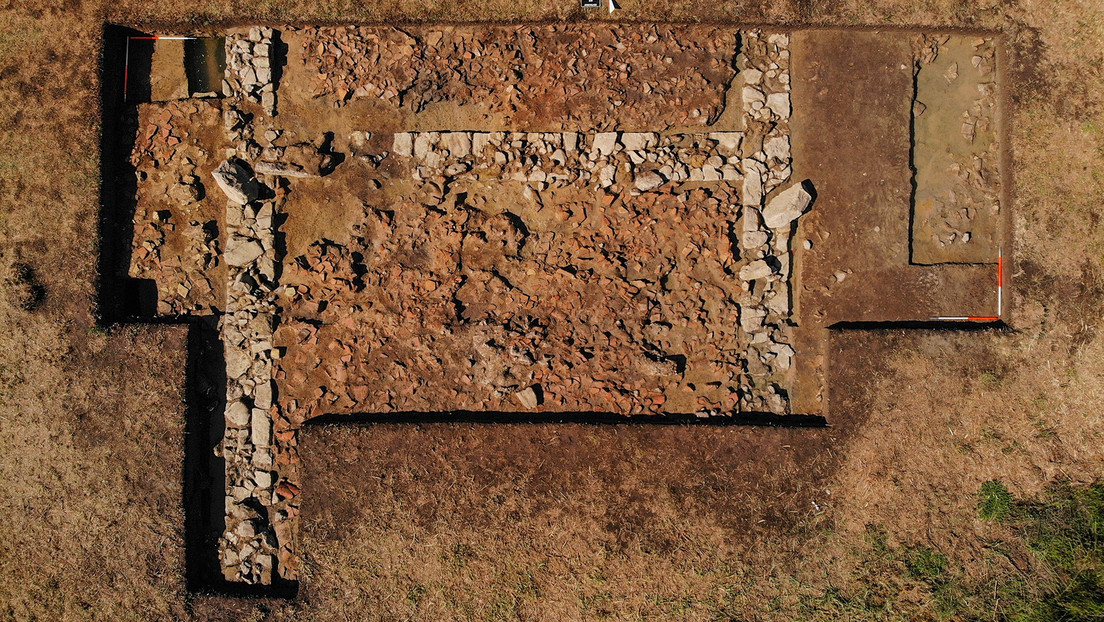
Archaeologists identified ancient ruins unearthed in Ilia, a town in Greece, such as the Poseidon temple of the lost city Samikon, described in the works of the ancient Greek geographer Strabo, reports Greek Reporter.
The Eforato of Antiquities of Ilia, which belongs to the Greek Ministry of Culture and Sports and is responsible for research, heritage protection and archaeological work in the area, carried out excavations in Kleidi, west of the Peloponnese peninsula.
The Austrian Archaeological Institute and the Gerda Henkel Foundation of Germany also participated in the explorations that took place in 2017, 2018 and 2021.
During the last investigations, parts of the foundations of a 9.40-metre-wide building with walls 0.80 metres thick were unearthed.
The ruins date from the archaic period, which corresponds to the descriptions made in the eighth book of 'Geography' by the ancient writer Strabo about the amphictionic league centered on the sanctuary of Poseidon in this region. The amphictyonic league was originally a religious organization of the nearby Greek tribes.
According to the Austrian Archaeological Institute, the building was at least 28 metres long and had two interior rooms. " The large elongated building can only be an archaic temple located on the site of the sanctuary of Poseidon, perhaps even dedicated to the god himself", holds the local environment.
During the examination of the ruins was discovered a large marble vessel that imitates a bronze bowl and provides evidence to locate the construction in the archaic period because it contains characteristic features of the inventory of a sanctuary of those times.
Archaeologists believe that the discovery will shed light on the political and economic importance of sixth-century amphictiony. C., whereas the sanctuary of Poseidon in Samikón was a religious centre of regional importance for the local towns of the amphictionic league of Trifylia. (Text and photo; RT in Spanish)